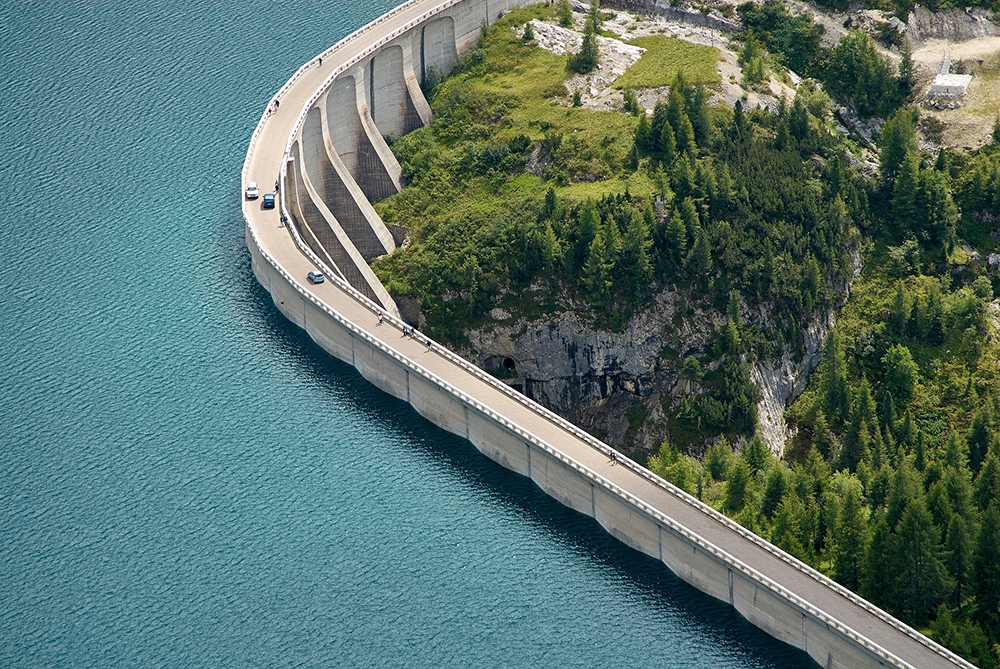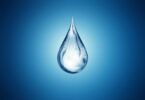Exclusive: Last week, H2O Global News Editor, Sion Geschwindt, attended the World Hydropower Congress 2021 session titled: “An Uncommon Dialogue: Building bridges to strengthen hydropower sustainability.”
Conference host and Executive Director of the Steyer-Taylor Center for Energy Policy and Finance at Stanford University, Dan Reicher, led the discussion around an unprecedented cooperation agreement between U.S. environmental groups and the hydropower industry – known as the ‘Uncommon Dialogue’ on “Hydropower: Climate Solution and Conservation Challenge.” The agreement was designed to jointly address the overlapping urgencies of climate change and the alarming degradation of river ecosystems throughout the United States.
Reicher was joined by three industry experts to discuss the Uncommon Dialogue and what we can learn from it: EDP Produção Executive Board Member, Joanna Freitas; American Rivers President and CEO, Tom Kiernan; and National Hydropower Association (NHA) President and CEO, Malcolm Woolf.
Building bridges
Over the years, the relationship between conservationists and the hydropower industry has been far from peaceful. Environmental groups are rightfully concerned about the adverse impacts of dams on fish migration, water quality and local communities. For these reasons, they have largely opposed dam-building, often entering lengthy legal battles to settle the matter.
However, dams also provide essential flood control, water storage and renewable energy. The hydropower industry has long backed their technology to actualise the clean energy transition, and they’re not wrong: The foremost global energy authority, the International Energy Agency (IEA), estimates that we must double hydro installed capacity by 2050 if we are to meet the Paris climate targets.
And it was around the existential threat of climate change that the two groups found common ground.
In March, 2018, Stanford University facilitated a series of discussions that bought environmental groups, the hydropower industry, government and academia to the table.
It was around the existential threat of climate change that the two groups found common ground.
This ‘Uncommon Dialogue’ brought together a range of stakeholders, but the two groups that started the conversation were the NHA, representing the hydropower industry, and American Rivers, standing for the river community.
After two-and-a-half-years of negotiations, the Uncommon Dialogue produced a detailed agreement centred around bolstering hydropower growth while simultaneously restoring the nation’s rivers – known as the “3Rs”: rehabilitate for safety, retrofit for power and remove for conservation.
Many of the nation’s 90,000 dams are old, poorly maintained and pose significant safety risks. According to Reicher, 15600 are classified as ‘high-risk’, with 2300 of these in poor condition. Just last year, two dams collapsed in Michigan, causing the urgent evacuation of 10,000 people and extensive property damage. Thankfully no lives were lost, this time. However, rehabilitation of old dams must be an infrastructure priority if we are to save lives and costs further down the line.
Beyond the immediate dangers of dam failure, there is the existential climate threat. Hydropower offers critical clean storage and generation solutions that are vital if we are to reach net-zero. And yet, only 3% of U.S. dams produce electricity. It only makes sense to retrofit dams that already provide essential flood control and water storage services, to produce power as well. According to a U.S. Department of Energy report, retrofitting existing dams could add up to 12,000 megawatts to the grid.
But there are also some of dams that no longer serve a purpose. In this case, it makes sense to remove these for conservation. In the U.S, 1200 dams have already been demolished in recent decades, but this figure could be much higher.
The “3Rs”: rehabilitate for safety, retrofit for power and remove for conservation.
The three R’s form the basis of a compromise; the hydropower industry can expand generation and the river community can begin reversing the harmful impacts of dams.
“We realised we could enhance our existing hydropower fleet and develop pumped storage, and at the same time accelerate river restoration by removing dams that are non-powered and no longer serve a purpose,” said Woolf when asked why the NHA came to the table. “We are jointly trying to solve climate change which involves both river restoration and hydropower, and this common threat offers a productive framework for engagement.”
The NHA aim to add 50GW of installed hydro capacity by 2050, without building any new dams, by retrofitting some non-powered dams, upgrading existing plants, and developing pumped storage facilities. By committing to no new dams, the NHA have helped to clear a way for a fruitful collaboration with conservationists.
“Yes, there have been some difficulties, but we had to keep the conversation going and find common ground.” said Kiernan. “It was important for the river community to acknowledge the role of hydropower in addressing climate challenges, but equally for the hydropower industry to acknowledge that there are some dams that are, or have been, causing significant harm.”
American Rivers is the largest river conservation organisation in the U.S., who have worked since 1973 to create a future of clean water and healthy rivers for everyone. They support hydropower projects that are sited, mitigated and operated responsibly.
Breaking Ground
On April 23, 2021, the group released a proposal to the Biden Administration and Congress which calls for a total of 60 billion USD to fund the 3Rs. In August, the federal government granted 2.3 billion USD to improve or remove U.S. dams, as part of the administrations one trillion dollar infrastructure plan.
The true beacon of hope lies in the Bipartisan 21st Century Dams Act, currently winding its way through congress
However, the true beacon of hope lies in the Bipartisan 21st Century Dams Act, currently winding its way through congress. This legislation builds on the lessons learned from the Uncommon Dialogue and puts them into action to ensure dams are safe for our communities and meet the climate, economic, and environmental needs of the 21st century. If passed, this act would allocate over 25 billion USD to the 3Rs.
The Uncommon Dialogue has set the ball rolling for a new age of sustainable hydropower that accelerates the path to zero and the path to restoration. But what about the rest of the world? What can other countries with their own set of unique challenges take from this?
“When we talk about the future of the hydropower industry, we must also understand that access to electricity and water is not equal globally,” said Joana Freitas, in response to a question from the audience regarding the urgent for need new hydropower projects to improve access to electricity on the African continent. “There will be different solutions for different regions, what we need is the right renewables in the right places.”
While the Uncommon Dialogue isn’t a model that should be ‘copy and pasted’, the fundamental elements of cooperation and finding common ground are universal to the sustainable and equitable management of natural resources. From Congo to California, hydropower development should be a participatory, inclusive and multistakeholder process.
By coming together, sharing information and listening to the others, historically opposing sides can come to a compromise. With the looming threat of climate change, uniting around shared interests, rather than differences, is more important than ever before.
“It’s common sense to find common ground” – Tom Kiernan
Kiernan concluded: “The uncommon dialogue was innovative; people took risks when stepping into this dialogue. As we’re working to decarbonise we need to be trying new things, and think more and more about coming together. It’s common sense to find common ground.”
Do you have an article that you would like to share? Submit your article here or keep up with the latest news from the water industry and wastewater industry by subscribing to our weekly newsletter.







